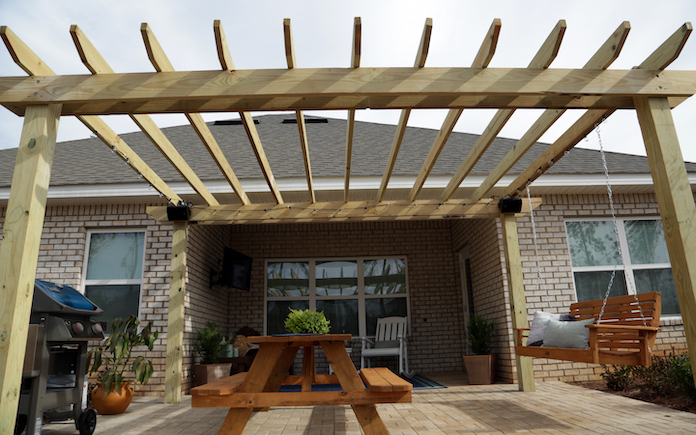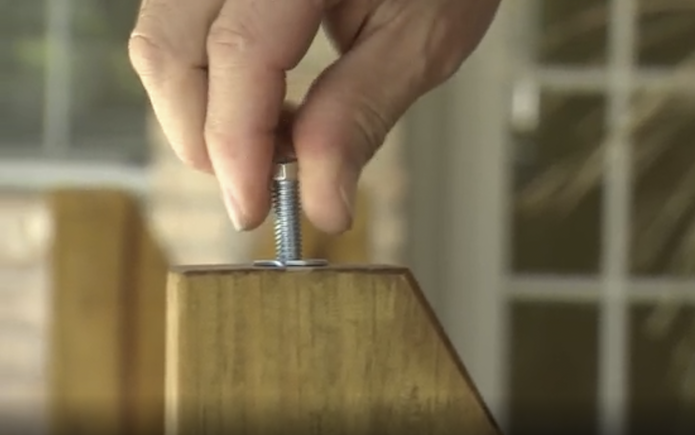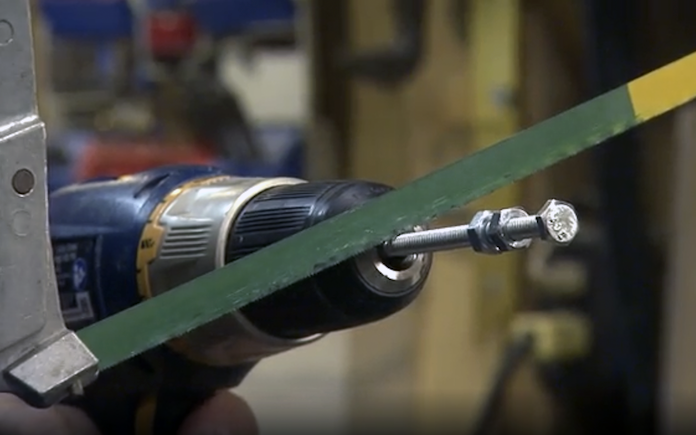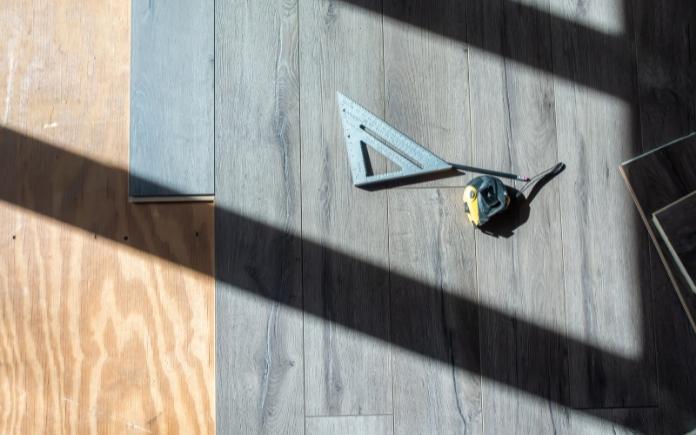
A pergola roof shields you from pop-up storms, so you can lengthen your time outside.
Tyler Schwall in Cellular, Ala., desires to put in a tin roof over his pergola. But right before he does this, he wishes to know the best way to place the roof so it has a pitch for rainwater.
Very first, obtain some strain-treated 2-by-4s to address just about every slat on the pergola. Make positive these boards are the exact same length as the kinds on the pergola.
Then, rip each 2-by-4 at a slight angle from its complete width down to absolutely nothing. Ripping a board indicates cutting it along its size. This will develop a tapered strip. Make absolutely sure the pitch of the roof is at the very least two inches so the rain will properly stream off of it.
Next, use some design adhesive on the slats and spot the ripped boards on best of them. This will increase some excess waterproofing protection and retain them protected when you’re setting up the tin roof.
After you have put the ripped boards on the pergola, protected them with wood screws. To keep the tin roof from sagging, lay some 2-by-4s perpendicular to these.
After all the boards are secure, set up the tin roof.
Now, you can sit outside the house underneath your covered pergola and appreciate the sound of the rain dancing on the tin roof.
Skip to [21:58] for the entire phase on the Today’s House owner Podcast.
Also in this episode:
Finest New Merchandise
 |
Regardless of whether you want to shield your garden from pets digging or generate a space for them to roam, Lifeproof Premium Pet Turf has you included. Master more>> |
Simple Solutions

Leveling Wood Patio Home furniture — Begin by dull a 3/8-inch diameter gap into the base of each desk or bench leg.
Then, use a hammer to faucet a T-nut into each and every gap.
Thread a hex-head machine bolt into every single T-nut.
The bolts lift the bench off the patio to prevent rot, and they are adjustable to make sure the bench is amount.
Observe: Suggestion for Leveling Wood Patio Home furnishings

Thoroughly clean-Lower Bolts — Here’s how to shorten a equipment bolt — threaded rod or carriage bolt — without the need of messing up the threads.
1st, thread two hex nuts on to the bolt, then make the lower employing a hacksaw or jigsaw with a metal-slicing blade.
Then, spin off the nuts, just one at a time, using a wrench if essential.
When the nuts arrive off the conclude of the bolt, they’ll re-slash and straighten out any threads that have been ruined by the observed, building it straightforward to thread the nut again on.
Enjoy: Tip for Slicing Bolts to Size

Query of the Week
Q: I just purchased my initially household and I’m about to install some engineered wood flooring.
According to the installation recommendations, the last row of flooring need to not be a lot less than 50 % the width of the planks. (The planks are 5 inches extensive.) But the guidelines don’t explain to you how to establish the width of the previous row.
Can you remember to notify me how to figure that out?
A: When putting in flooring, the preliminary layout is likely to define the accomplishment of the undertaking. Really don’t get started with a complete-width plank and hope the final row is huge plenty of.
To start with, measure the width of the place and divide by five, the width of the plank. That will give you the number of full-width planks plus any fractions.
If the past row is less than 2½ inches, minimize the width of the first plank.
Skip to [36:22] for the entire phase on the Today’s Property owner Podcast.
Other Goods and One-way links Outlined
Further Looking through
Request a Problem! (Podcast)
Request a issue and we could solution it on the “Present day Home owner Podcast!” We also might use it on our nationally syndicated radio broadcast or on todayshomeowner.com.





More Stories
Real Estate Agents – What to Look for in a Mentor
Typical Workday of a Real Estate Agent
What You Can Expect To Pay A Playa Del Carmen Realtor